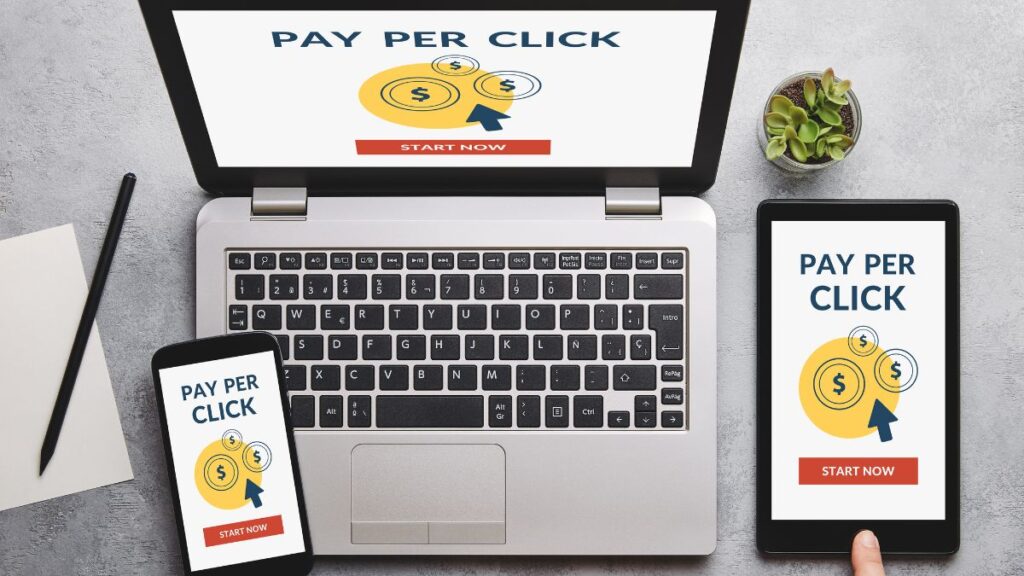If you’ve dabbled in PPC (Pay-Per-Click) advertising, you know the landscape has been undergoing seismic shifts in recent years. But one of the most transformative changes is the surge in mobile device usage. This is not a drill; the mobile revolution is altering how we approach PPC marketing, and it’s time to adapt or be left behind. In this article, we will delve deeper into the influence of mobile devices on PPC advertising and discuss how businesses can leverage this trend to their advantage.
The Shift to Mobile
A quick look at the stats is clear as day: mobile users are taking over the internet. With the convenience of browsing on the go, people are increasingly using their smartphones to interact with digital content. This trend has sparked a significant shift in PPC strategies, with more businesses optimizing their ad campaigns for mobile device usage.
Advantages of Mobile PPC Advertising
Instant Accessibility
Let’s be real. Our mobile devices are like extensions of ourselves—always within arm’s reach. This accessibility makes PPC campaigns on mobile incredibly effective. Imagine the power of having your ad copy viewed at any time, wherever the consumer is!
Geo-Targeting
One of the fundamental aspects of PPC advertising is the ability to target the right audience. With the rise of mobile devices, businesses now have the opportunity to reach their target audience wherever they are, at any time. This is where mobile targeting comes into play. Mobile targeting allows advertisers to display their ads specifically to users who are using mobile devices. This means that businesses can tailor their ads to be more mobile-friendly, ensuring a better user experience and higher conversion rates.
Mobile targeting has opened up a new world of possibilities for advertisers. They can now target users based on their location, the type of device they are using, and even the time of day. For instance, a restaurant might target ads to mobile users within a certain radius during lunch or dinner hours. This precision targeting level can significantly improve PPC campaigns’ effectiveness and lead to higher return on investment (ROI).
Increased Engagement
The interaction rate of ads on mobile is mind-blowing compared to desktop. Why? A mobile device is more personal and immediate, increasing the chances of user engagement. Greater engagement usually equates to better conversion rates, making mobile PPC a lucrative avenue for businesses.
Challenges and Limitations
Screen Size
Navigating the constraints of mobile device screens is a significant hurdle in PPC advertising. A compelling ad copy can lose its effectiveness if it isn’t meticulously optimized for smaller screens. To maintain user engagement, you’ll need to create ads that are not only visually arresting but also concise. The goal is to communicate your message effectively without overwhelming the limited display space available.
Ad Blockers
The widespread adoption of ad blockers among mobile users poses a genuine challenge to the effectiveness of PPC campaigns. These blockers can severely affect crucial factors such as ad rank and overall visibility. As a result, PPC marketers must explore creative ways to deliver value in their ads, making them “whitelist-worthy” and compelling enough for users to disable blockers.
Data Privacy
The issue of data privacy has escalated, especially with the numerous scandals that have hit the headlines recently. Collecting user data is integral for targeted ad placements and optimized PPC campaigns. However, advertisers must be increasingly cautious about complying with privacy regulations like GDPR. Striking a balance between personalized advertising and data protection is now more critical than ever for maintaining both consumer trust and campaign effectiveness.
Best Practices for Mobile PPC Advertising
Mobile-Friendly Landing Pages
Securing a click on your PPC ad is just the first step in a multi-phase journey. The landing page where your mobile users land post-click needs to be as streamlined and mobile-optimized as the ad that led them there. Bulky or hard-to-navigate landing pages can repel users and negate the benefits of your PPC ad, essentially setting you back to square one.
Ad Format and Copy
When it comes to mobile PPC advertising, brevity is your best friend. A crisp, to-the-point ad copy paired with a compelling call-to-action (CTA) can do wonders for your ad campaigns. Also, diversifying your ad formats can provide additional leverage. For instance, explore the utility of search ads for immediate inquiries and display ads for brand awareness. Organize these into strategic ad groups to tailor your messaging for different segments of your audience, thereby maximizing the impact of your PPC efforts.
Performance Metrics
Monitoring is integral to the life cycle of a PPC campaign. Rely on key performance indicators (KPIs) such as ad rank, click-through rates, and conversion rates to measure the effectiveness of your strategies. A numbers-driven approach enables you to fine-tune your campaigns, allowing for real-time adjustments that can significantly impact the ROI. Essentially, the data doesn’t just inform you, it empowers you to execute smarter, more effective PPC strategies.
Future Trends
As mobile devices continue to evolve and become more advanced, the impact on PPC advertising is only expected to grow. With new technologies such as augmented reality (AR) and virtual reality (VR), advertisers will have even more opportunities to engage with their target audience on mobile devices. For instance, advertisers could create immersive AR or VR ads that provide users with a unique and engaging experience, potentially increasing engagement and conversion rates.
Furthermore, the rise of voice search and smart assistants is also expected to significantly impact PPC advertising. As more people use voice commands to search for information and make purchases, advertisers will need to adapt their PPC strategies to cater to this new trend. This could involve optimizing ad copy for voice search or creating ads specifically designed to read aloud by smart assistants.
Conclusion
The rise of mobile devices is reshaping the PPC landscape. With advantages like instant accessibility, geo-targeting, and higher engagement, it’s clear why businesses are increasingly tailoring their PPC campaigns for mobile users. But remember, challenges like screen size and ad blockers exist, so a balanced approach is key.
So the next time you’re brainstorming PPC strategies in a meeting or even over a coffee, consider this: mobile is not just the future; it’s the now. Leveraging its potential could make your pay-per-click advertising more impactful than ever imagined.





